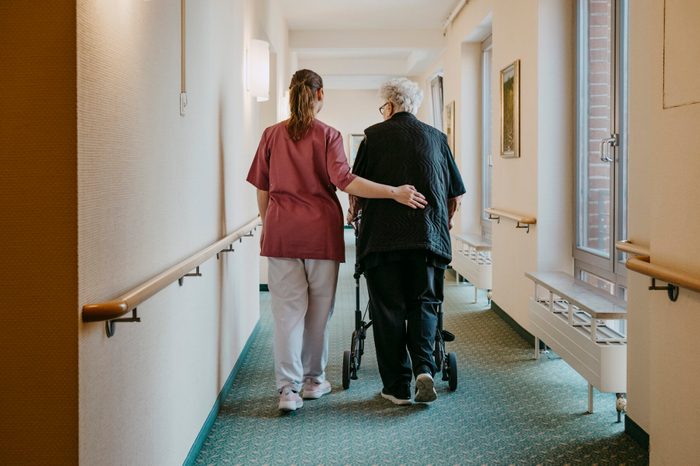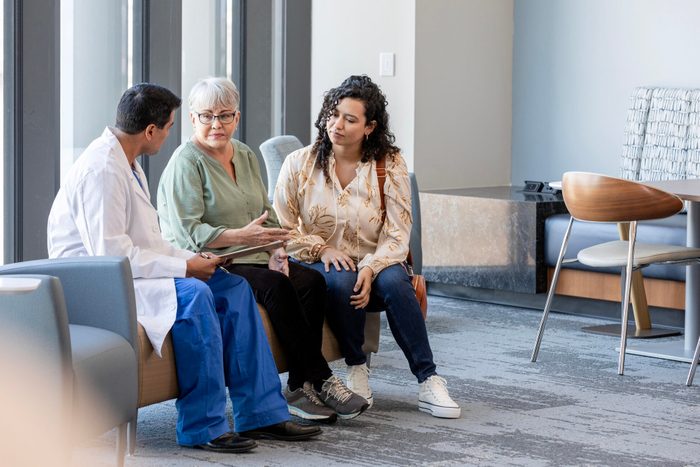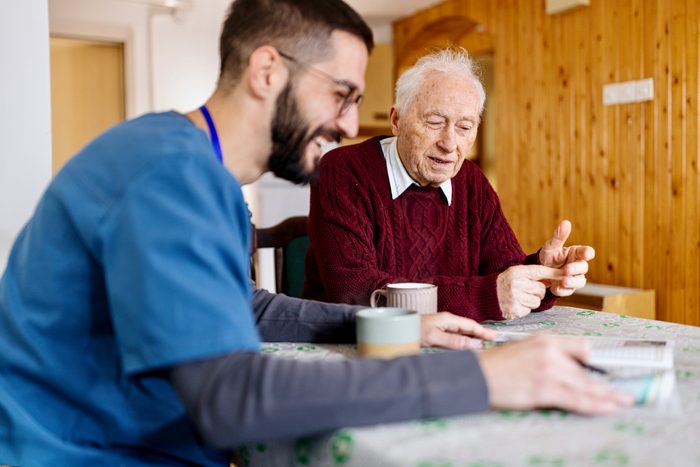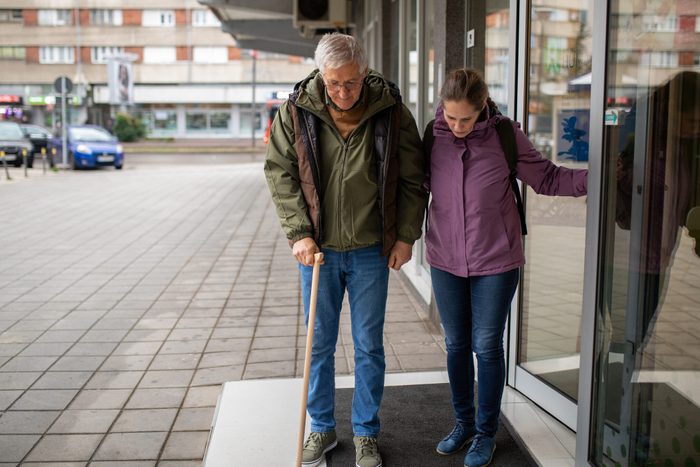If you or a loved one are considering hospice, the medical director for Cleveland Clinic Hospice opens up about what to expect.

10 Things Hospice Doesn’t Tell You, Shared by a Cleveland Clinic Doctor


What hospice does not tell you, but you should know
1. Hospice isn’t just for people who are actively dying
Many people believe hospice care is only for those in their last days or weeks of life, but it can actually provide support for much longer. “Patients and families benefit the most from hospice when patients receive care from the hospice team for weeks or months,” explains Dr. Hoeksema. This extended care allows patients and their loved ones to build relationships with their care team while receiving ongoing symptom management, emotional and spiritual support, and guidance through the end-of-life process.
If a patient surpasses the initial prognosis but still qualifies, they can continue receiving hospice care indefinitely. In some cases, patients even improve with hospice support and may transition out of the program.

2. Families receive support, too
“The hospice team provides an extra layer of support for patients and their families,” says Dr. Hoeksema. Many hospice programs extend their care beyond the patient, offering bereavement counseling, support groups, and respite care to help family caregivers recharge. This kind of emotional and practical support can make all the difference in navigating the challenges of end-of-life care.

3. Hospice care can happen in different settings
Many people assume hospice is a specific place, but that’s not the case. “The hospice team will provide care to a patient wherever the patient calls home,” explains Dr. Hoeksema.
Rather than a location, hospice is a philosophy of care focused on comfort, delivered by an interdisciplinary team. Patients can receive hospice care in their own homes, nursing homes, assisted living facilities, or dedicated inpatient hospice centers. Some hospitals even have specialized hospice units. This flexibility ensures that patients and their families can access compassionate end-of-life care in the setting that best suits their needs.

4. Hospice may offer more than just medical care
Hospice focuses on holistic care, addressing not only physical symptoms but also emotional, spiritual, and psychological well-being. Many programs offer chaplain services, music or pet therapy, massage, and counseling to provide comprehensive support for patients and families.

5. Hospice nurses may not be there 24/7
Depending on the setting, hospice nurses don’t remain with patients around the clock. Instead, they visit on a scheduled basis, with extra visits available for urgent needs. In between, family members or hired caregivers often provide daily care. Adjusting to this arrangement can be challenging, but the hospice team is there to guide and support you along the way.

6. Additional costs involved
Hospice care is typically covered by Medicare, Medicaid, and most private insurance plans. This coverage includes all care related to a patient’s prognosis of six months or less.
Dr. Hoeksema points out that patients receiving hospice care in a facility are responsible for room and board costs. Likewise, if they choose to hire caregivers for in-home assistance, those expenses are not covered by hospice.

7. Certain treatments and tests may be limited
Once someone enters hospice, the focus shifts from curative treatment to comfort care. This means that some medical tests, like MRIs or bloodwork, may no longer be covered unless they directly impact symptom management. Similarly, medications aimed at treating the underlying disease rather than relieving symptoms may be discontinued. However, families can always discuss concerns with the hospice team to ensure their loved one receives the most appropriate care.

8. Hospice care doesn’t speed up death
Many people mistakenly believe that hospice speeds up the dying process. In truth, hospice neither extends life nor hastens death. Instead, it provides compassionate care that helps patients find comfort and meaning in their final days. “Hospice is about helping patients accept they are nearing the end of their life and helping them spend time in ways that are meaningful to them,” shares Dr. Hoeksema. Medications are carefully managed—used only as needed to control symptoms—so patients can stay as present and engaged as possible.

9. You can leave hospice if you change your mind
Enrolling in hospice doesn’t mean giving up all medical care forever. If a patient’s condition improves or they wish to resume curative treatments, they can leave hospice at any time. Some patients who discontinue hospice later re-enroll if their condition worsens again.

10. Hospice care may not be available everywhere
Access to hospice services isn’t always guaranteed and can depend on your location. In rural areas, fewer hospice providers may mean limited options for families. While Medicare and many insurance plans cover hospice care, availability may still be restricted by network limitations. If hospice services are limited in your area, consult your healthcare team to explore the best options available to you.
For daily wellness updates, subscribe to The Healthy by Reader’s Digest newsletter and follow The Healthy on Facebook and Instagram. Keep reading:



















